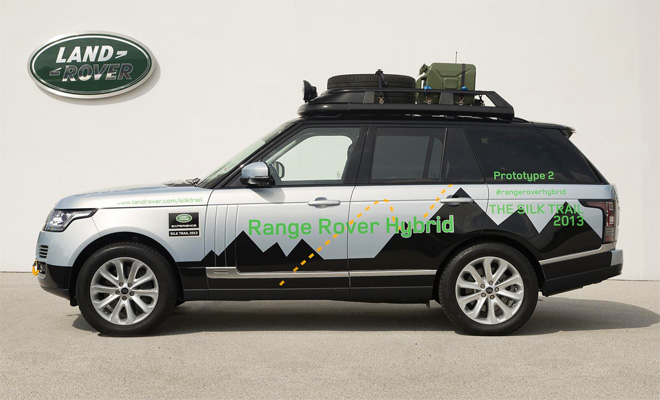by Lem Bingley 
Hybrids that combine fossil-fuel engines with powerful electric motors are fast becoming the norm for high-performance executive cars. While scepticism about the costs and benefits of hybridisation remained widespread just a few years ago – among car buyers and motoring pundits if not among automotive engineers – there’s little doubt today. Hybrids have proven effective at combining high peak power with dramatic improvements in fuel efficiency, particular if the hybrid comes with a mains plug.
Today, you can buy a large and sporty hybrid from Audi, BMW, Mercedes, Lexus, Porsche or Volvo, plus assorted rivals. Most are aimed firmly at senior company car users faced with steep CO2-related taxes, rather than cost-conscious consumers buying their cars on finance. But not every high-performance hybrid will be a company car: the latest Ferrari supercar blends petrol and electric power, and the McLaren P1 is a plug-in, though it may prove tough to persuade your fleet manager to sanction either one.
Another batch of prestige hybrids are on the way soon. Here’s a run-down of what to expect.

Range Rover hybrids
Land Rover is adding a hybrid option to both its latest Range Rover and new Range Rover Sport line-ups. The pair will share the same powertrain, combining a 3-litre V6 diesel engine with a 35kW (47bhp) electric motor.
The motor is housed inside the car’s eight-speed automatic transmission, meaning it can assist the engine in sending power to all four wheels. Land Rover has evidently shied away from its previous experimental “e-Terrain” setup, which paired an electric rear axle with combustion power at the front – a part-time 4x4 setup since adopted by Volvo for its V60 Plug-in Hybrid.
The hybrid Range Rover can travel on electric motor alone at speeds up to 30mph, but only for very short distances – the small on-board lithium-ion battery will be exhausted after just one mile in EV mode.
Working together, the diesel engine and electric motor can produce 335bhp at 4,000rpm and a tarmac-rippling 700Nm of torque from 1,500rpm. As a result, in either hybrid car, 62mph can flash up in under seven seconds when urgency is called for, while CO2 emissions are a tolerable 169g/km under the official test paired with 44.1mpg. Those are good figures for a pair of 2.4-tonne behemoths.
Both hybrids will go on sale on 10 September, with the first deliveries due in early 2014.

BMW X5 eDrive
Officially a concept for next month’s Frankfurt Motor Show, the BMW X5 eDrive looks ready to go and could be on sale as early as 2015.
This particular X5 comes with a plug, providing its lithium-ion battery with enough capacity to travel up to 19 miles without switching on the engine, at speeds up to 75mph.
The engine itself is a four-cylinder turbocharged unit which, when paired with the 70kW (94bhp) motor is capable of whipping the plug-in X5 to 62mph in under seven seconds. The electrically assisted powertrain, coupled with a basic 90kg weight saving courtesy of the third-generation X5 body, promises excellent fuel economy. Expect 74.3mpg on the combined cycle and CO2 emissions of under 90g/km when a production version arrives.

Mercedes S-Class Plug-in
You can already buy a hybrid Mercedes-Benz S-Class, but the German company is about to add a mains cable.
When it goes on sale next year the S 500 Plug-in Hybrid should deliver 69g/km of CO2 and 94.2mpg on its combined cycle test, though of course these figures rely on a contribution from a wall socket. In common with other plug-in hybrids, including the X5 listed above, the S 500’s economy will suffer a drastic drop once the initial electrical charge has been used up. On batteries alone, the big Merc can travel up to 18 miles.
Under the bonnet Mercedes has bolted an electric motor that provides 80kW (107bhp) and up to 340Nm of torque, combined with up to 330bhp and 480Nm from a 3.0-litre V6 turbo-diesel engine. Going from rest to 62mph will take a brief 5.5 seconds.
Like the X5 and Range Rover above, the S 500 Plug-in Hybrid will make its public debut at the Frankfurt Motor Show in September, when lots more details – including some fairly steep starting prices – should be revealed.
Green giants: hybrids and plug-ins trim executive excess
30 August 2013
Read more about: BMW Frankfurt 2013 hybrids Land Rover Mercedes-Benz



